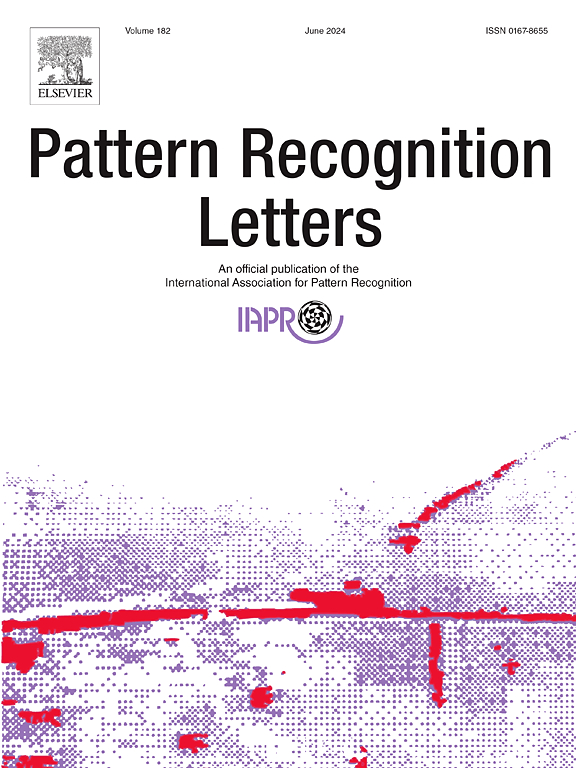Remote blood pressure estimation using BVP signal features from facial videos
IF 3.9
3区 计算机科学
Q2 COMPUTER SCIENCE, ARTIFICIAL INTELLIGENCE
引用次数: 0
Abstract
Pulse signals contain abundant cardiovascular functional information and can be used for blood pressure estimation. Remote photoplethysmography (rPPG) technology offers a solution to obtain pulse signals from facial videos and then to achieve continuous blood pressure estimation. However, rPPG is susceptible to external factors that lead to a decrease in pulse signal quality, which directly affects the accuracy and reliability of blood pressure estimation. Therefore, this paper proposes a method that integrates advanced signal processing techniques and pulse feature analysis to improve the accuracy of video-based blood pressure estimation. First, we used an adaptive chirp mode decomposition algorithm and a waveform quality analysis algorithm based on a correlation coefficient to suppress noise interference and ensure the effectiveness of the pulse features obtained. Then, we conducted pulse signal feature selection using the mean impact value algorithm and established a blood pressure estimation model based on a BP neural network. Finally, we updated the neural network BP using the sparrow search algorithm to obtain the optimal blood pressure estimation model. Through validation on a private dataset, the results show that the proposed method can meet the blood pressure measurement standards and effectively achieve remote blood pressure estimation.
基于面部视频BVP信号特征的远程血压估计
脉搏信号含有丰富的心血管功能信息,可用于血压的估计。远程光电容积脉搏波描记(rPPG)技术提供了一种从面部视频中获取脉搏信号,然后实现连续血压估计的解决方案。但rPPG易受外界因素影响,导致脉搏信号质量下降,直接影响血压估算的准确性和可靠性。因此,本文提出了一种将先进的信号处理技术与脉冲特征分析相结合的方法,以提高基于视频的血压估计的准确性。首先,采用自适应啁啾模式分解算法和基于相关系数的波形质量分析算法来抑制噪声干扰,保证所获得的脉冲特征的有效性。然后,利用平均冲击值算法对脉搏信号进行特征选择,建立基于BP神经网络的血压估计模型。最后,利用麻雀搜索算法对神经网络BP进行更新,得到最优血压估计模型。通过在私有数据集上的验证,结果表明该方法能够满足血压测量标准,有效地实现了血压的远程估计。
本文章由计算机程序翻译,如有差异,请以英文原文为准。
求助全文
约1分钟内获得全文
求助全文
来源期刊

Pattern Recognition Letters
工程技术-计算机:人工智能
CiteScore
12.40
自引率
5.90%
发文量
287
审稿时长
9.1 months
期刊介绍:
Pattern Recognition Letters aims at rapid publication of concise articles of a broad interest in pattern recognition.
Subject areas include all the current fields of interest represented by the Technical Committees of the International Association of Pattern Recognition, and other developing themes involving learning and recognition.
 求助内容:
求助内容: 应助结果提醒方式:
应助结果提醒方式:


